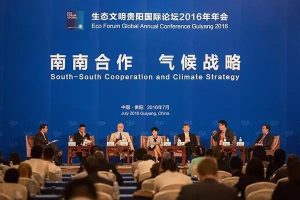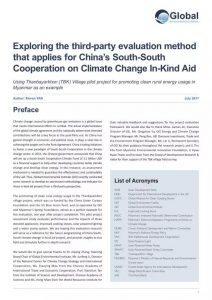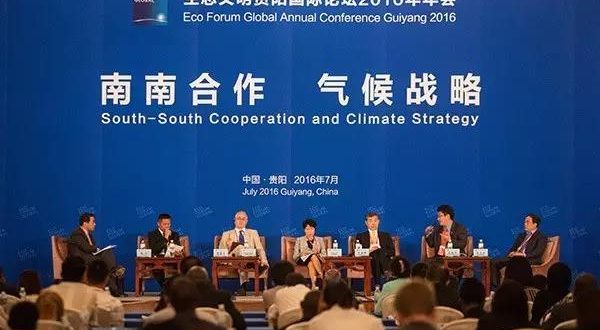Myanmar Case Study | Exploring Evaluation Method for In-Kind Aid
Beginning in the 1950s, China provided foreign aid to its neighboring countries, evolving into what we know now as South-South Cooperation (SSC). The long-term implementation of SSC on climate change, related to in-kind aid, is crucial for China and other developing countries to tackle climate, foster low-carbon economic trajectories, and develop clean energy sectors.
So, how do we effectively evaluate this in-kind aid?
GEI recently conducted research from a third-party perspective to explore such methodology.
What is South-South Cooperation (SSC)?

Photo Credit: Institute of South-South Cooperation and Development
Why is it necessary to assess this in-kind aid?
– Did the material deliver positive change to the recipient country and local community?
– Does the material contribute to mitigating the impact of climate change on recipient countries?
What are the findings?


